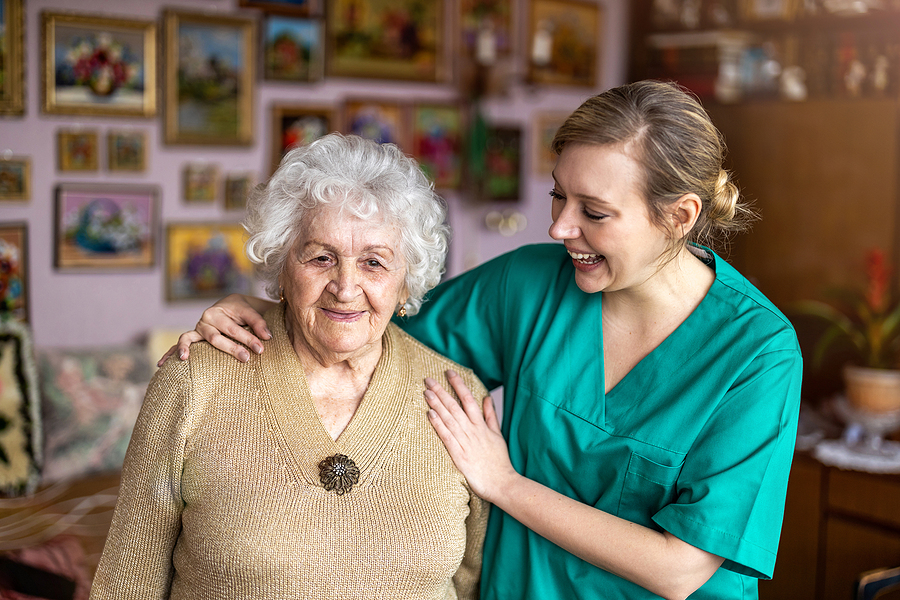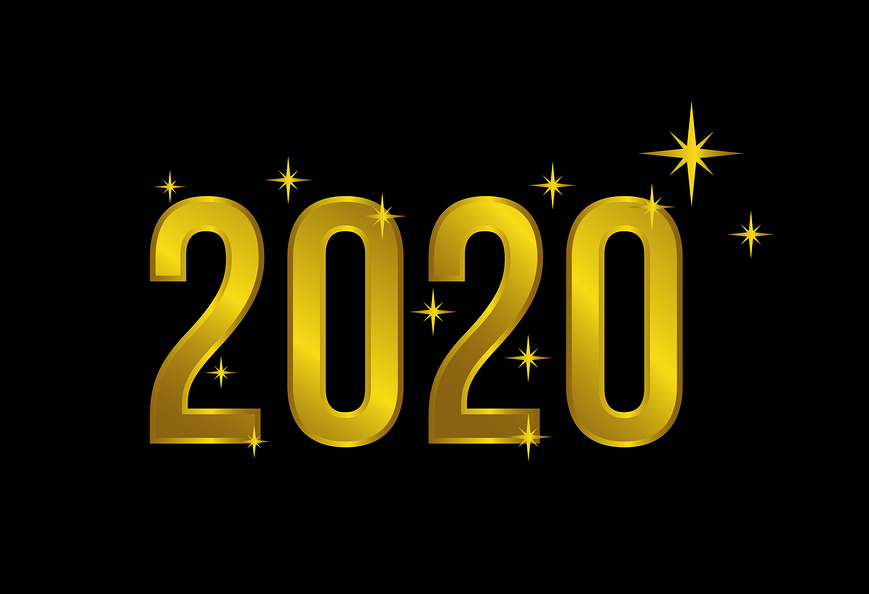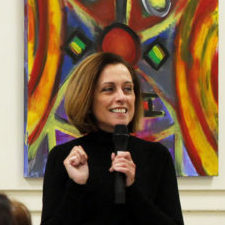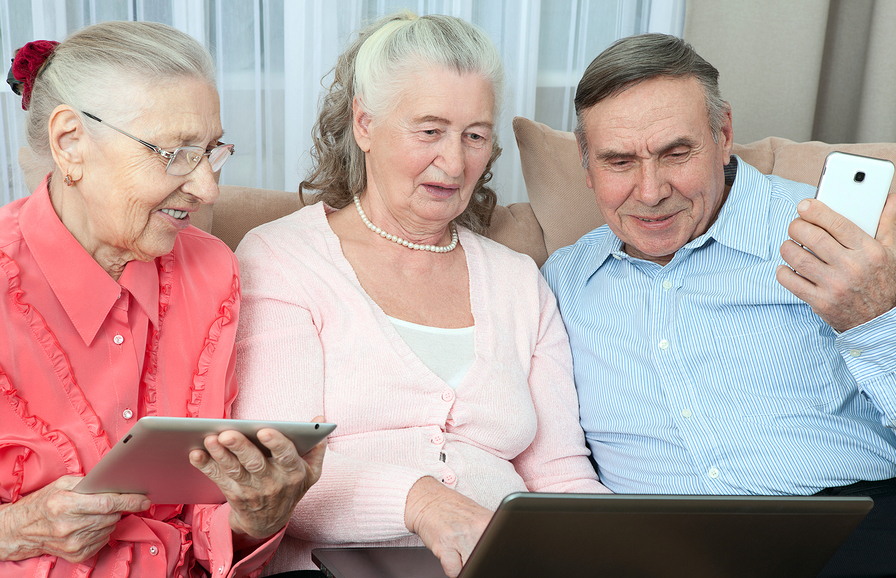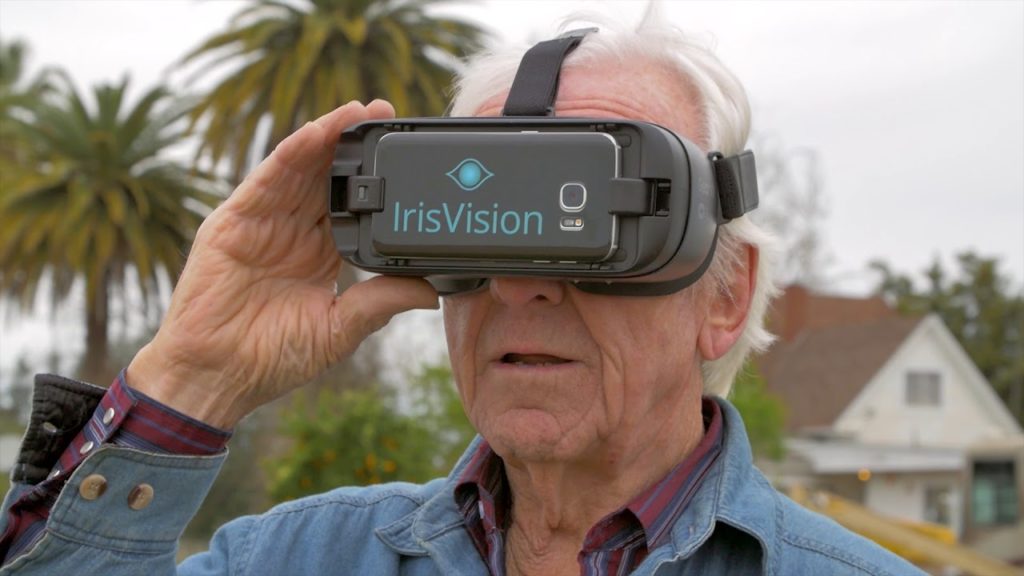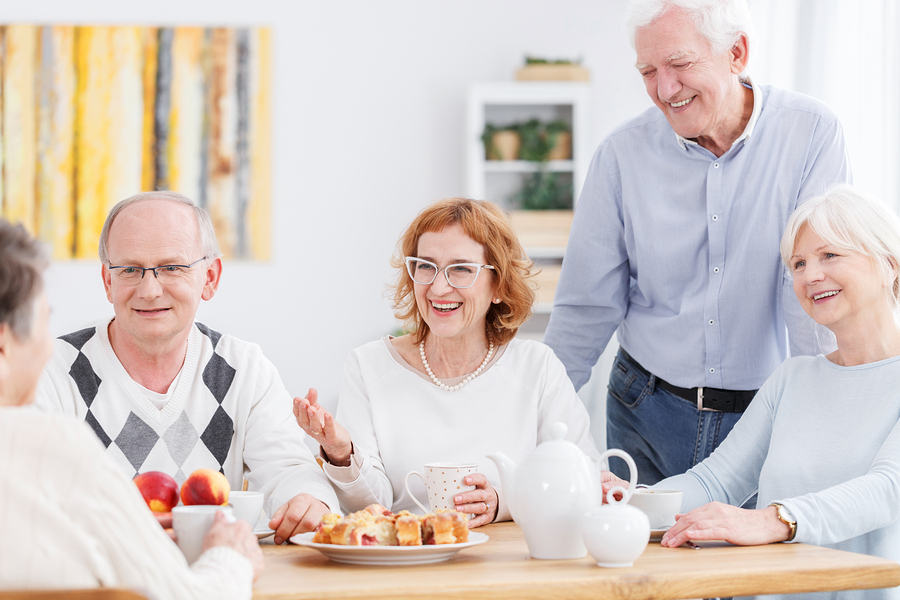There is a lot to know about age-related macular degeneration (AMD). This is particularly true for newly diagnosed patients, but also important for patients at every stage of AMD.
STAY POSTED with OE Patients monthly updates, here’s the signup.
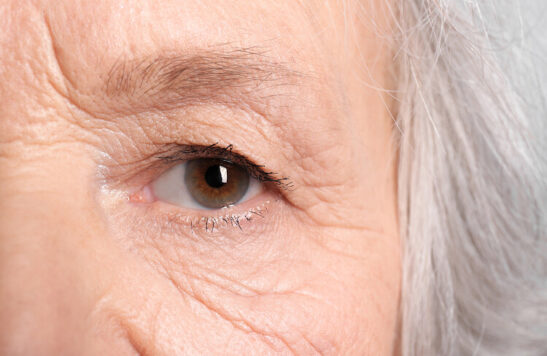
What is Age-Related Macular Degeneration?
You’re not alone if you were recently diagnosed with age-related macular degeneration (AMD). It’s one of the most common causes of visual impairment in older adults, affecting millions in the United States alone. Chances are the nice woman sitting next to you in a clinic’s waiting room has AMD also and is undergoing treatment.

The Anti-AMD Diet
One of our most popular posts, authored by a nutritionist and wellness expert, looks at the impact diet has on slowing the progression of AMD. It’s popularity reflects the interest in, and importance of, making healthy food and lifestyle choices for better outcomes overall.
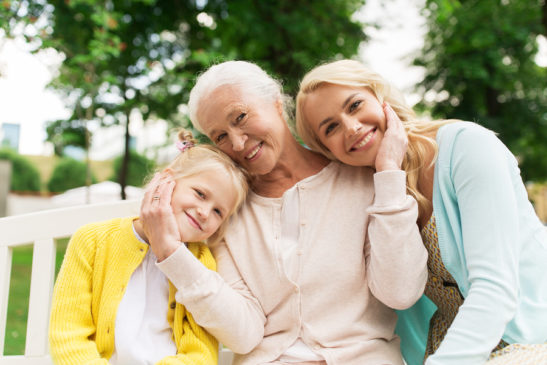
Hope for Age-Related Macular Degeneration Patients
Age-related macular degeneration (AMD) is a common eye condition that impacts millions in the United States alone. In our previous article, What is AMD?, we explored the different levels and types, as well as major risk factors. Thankfully, treatment is an effective option now. Even just fifteen or so years ago, having the advanced form of AMD almost guaranteed that your vision would become severely impaired.
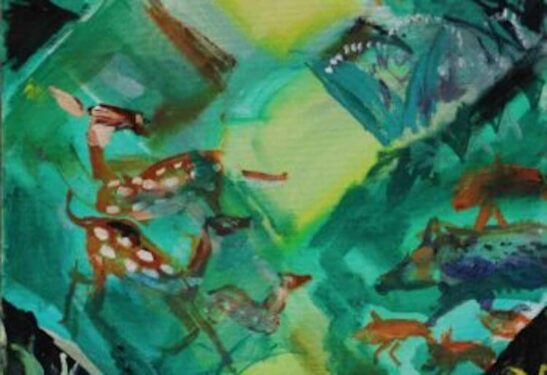
Artists Work Through Macular Degeneration
These visual artists with AMD, in their 70’s and 80’s, continued to flourish, some crating their best work after vision loss. They inspire us to carry on doing what we love to do.

OE Agrees With AAO
According to the American Academy of Ophthalmology (AAO), most patients with age-related vision loss believe there is nothing they can do to improve quality of life. AAO and OE want patients to know — that is not correct.
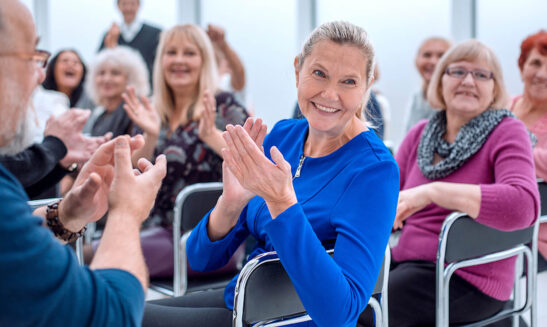
NEI Study Shows AMD Vitamins Work
A 10-year follow-on study by the National Eye Institute confirms the AREDS2 supplement formula is effective in slowing progress of AMD in patients with moderate to advanced disease.
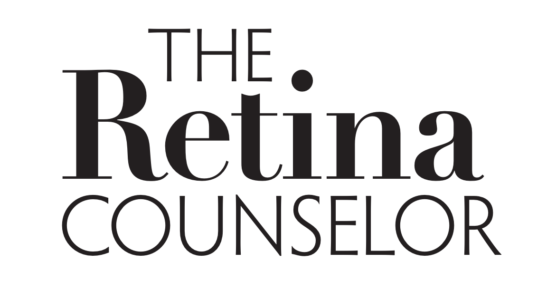
The Retina Counselor – AMD
Learn about treatments in development for AMD and find a printable PDF to discuss with your retina specialist.
